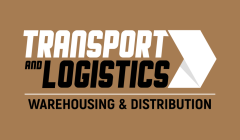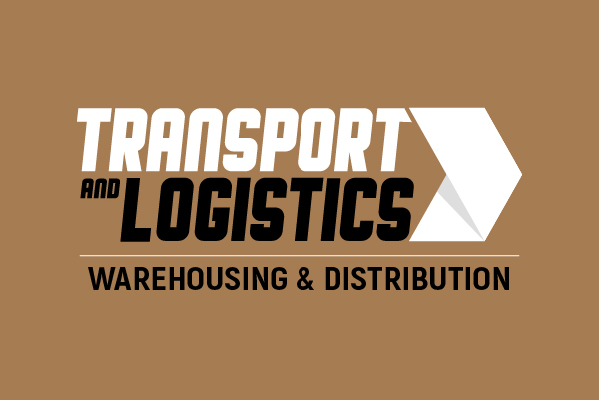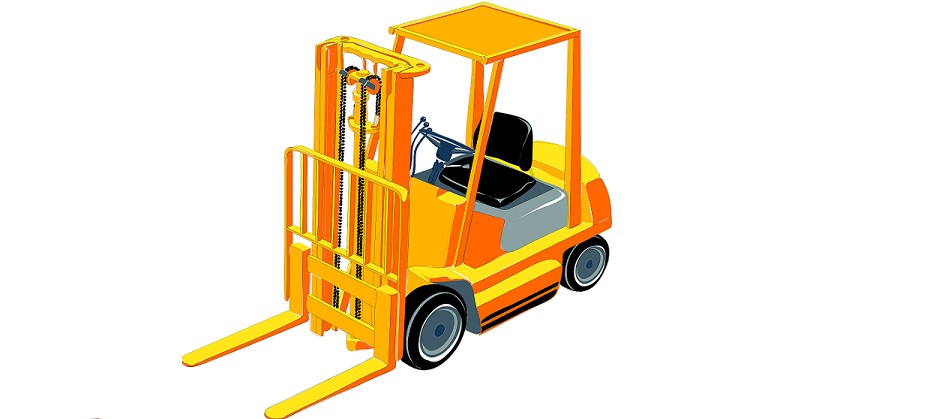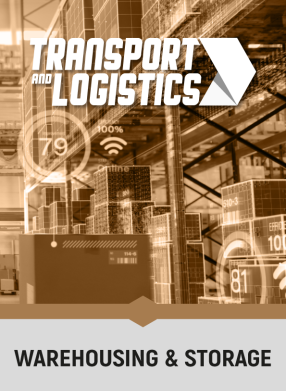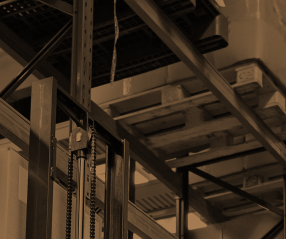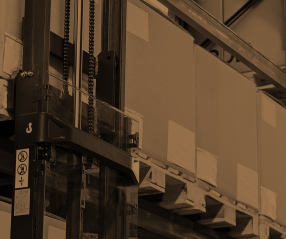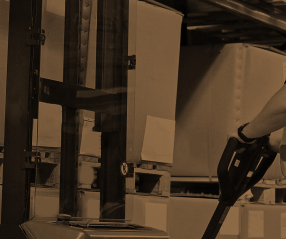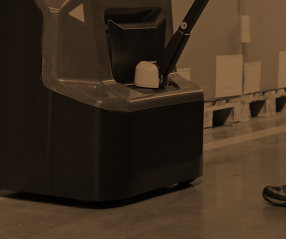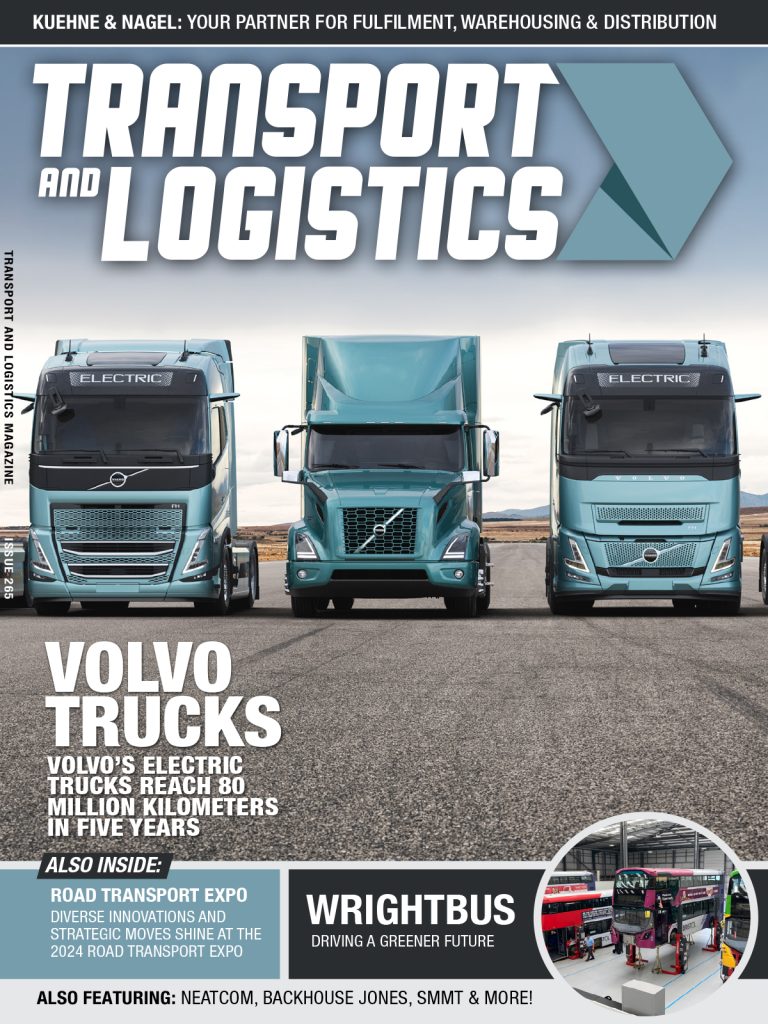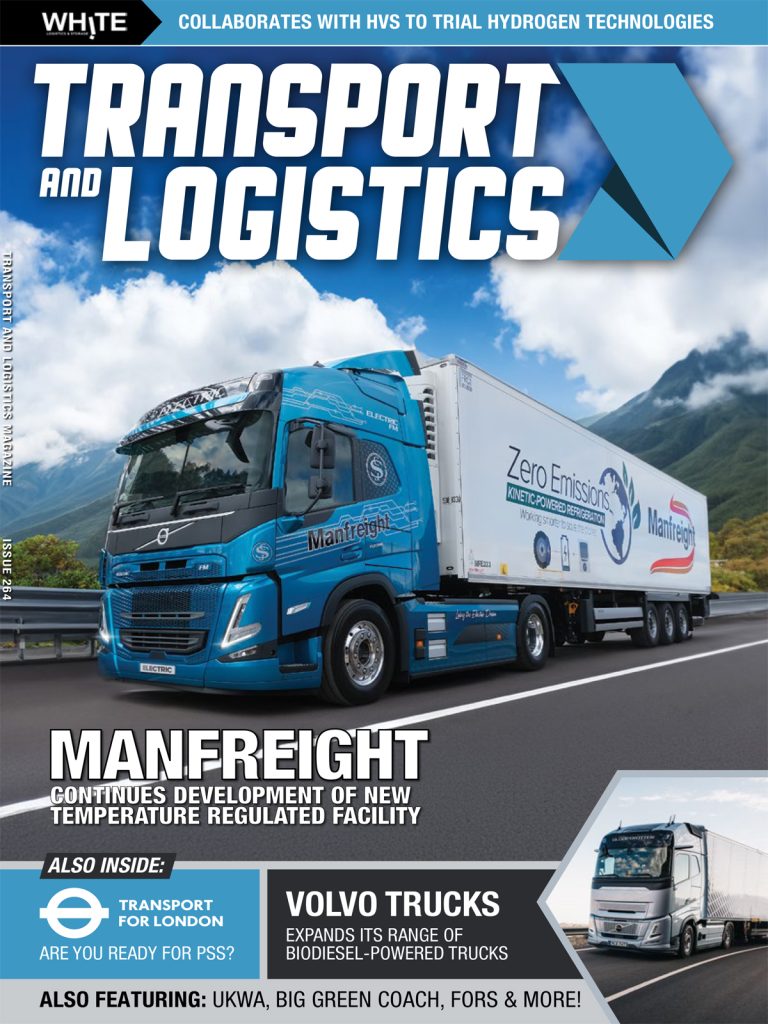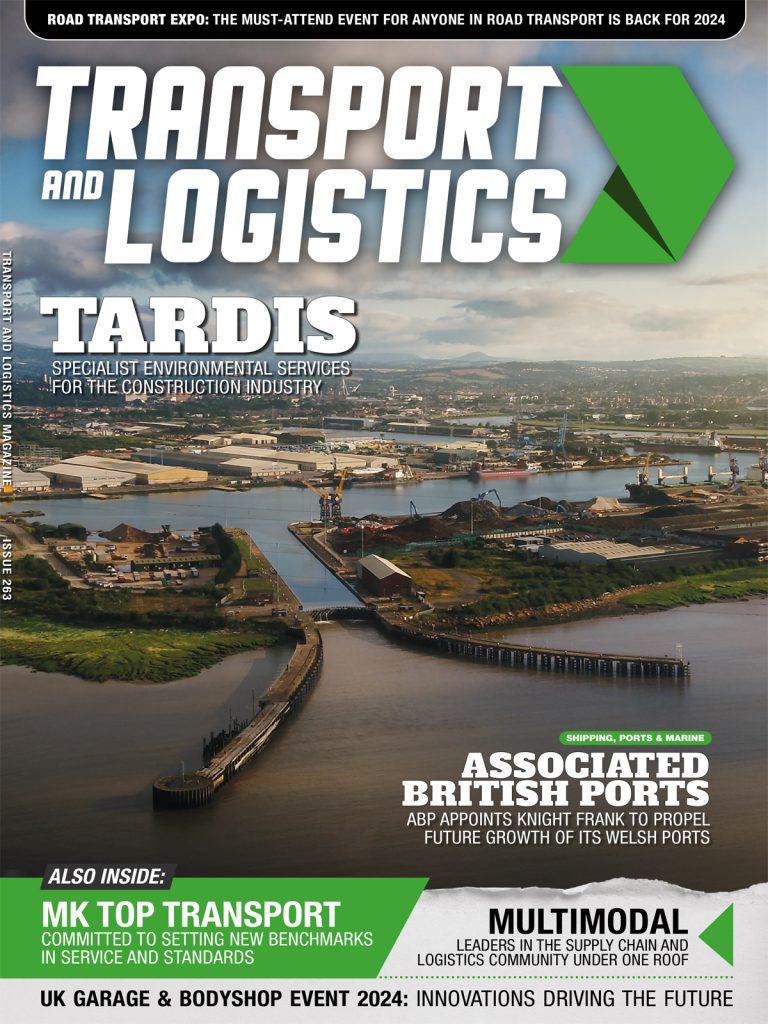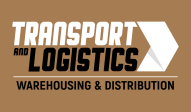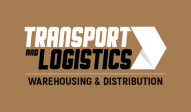If your business is going to run safely (and therefore successfully), you’re going to need to keep a close eye on the safety lifting equipment you’re using.
If you don’t regularly inspect lifting equipment, there can be serious consequences. It’s not unforeseeable that you could cause serious injuries or even fatalities if lifting equipment isn’t up to standard, or hasn’t been checked over regularly (or thoroughly) enough. Here are some good reasons why your lifting equipment should be inspected regularly…
Firstly, you’ll be helping to reduce risk to your employees’ health and safety
Your employees’ health and safety is the most important reason you should be carrying out regular inspections. Inspections are the only way to safeguard your employees’ wellbeing, as regular checks will ensure that the condition of the equipment hasn’t deteriorated over time, and that equipment is still safe for them to use.
According to the Health and Safety Executive, inspections for lifting equipment and any accessories used to lift people should be carried out every six months. Lifting accessories (such as the things that fix or anchor larger pieces of equipment into place), should be checked every six months too. And finally, all other lifting equipment should be inspected ever 12 months.
You should also remember that you need to check lifting equipment before the first time it’s used (unless it has something called an EC Declaration of Conformity that’s less than a year old and wasn’t assembled on site).
Secondly, it’s the law to do so!
If your business uses lifting equipment (or accessories for lifting equipment), you must ensure you’re complying with the Lifting Operations and Lifting Equipment Regulations 1998 (LOLER). These laws (and their accompanying documents) are designed to ensure that you’re properly managing risks to your employees’ health and safety if they’re coming into contact with lifting equipment. Unsurprisingly, there are serious repercussions for any business that fails to comply. More importantly, however, is that there are lots of benefits to complying with LOLER, including increased productivity and profitability for your business.
Thirdly, you need to do it in order to identify and repair defects
It might sound like an obvious point, but regular inspections are the only way to improve the condition of your lifting equipment. Wear and tear is inevitable as your equipment is probably going to be exposed to conditions that cause deterioration, such as bad weather or intensive use. Regular checks to lifting equipment, at the intervals referenced above, will ensure that you address defects that could otherwise pose a risk to your employees if they aren’t spotted.
Finally, you’ll need to carry out inspections so you can complete written reports
Thorough inspection is required to ensure that you’re complying with LOLER. Part of compliance includes providing written report by a competent person (the same person who carried out the examination). So, inspect your lifting equipment regularly and thoroughly, detailing your findings in a report. If you need help doing this, consider investing in Health and Safety software (the likes of which is provided by companies such as Airsweb) to make putting the report together a bit easier. You’ll also make it simpler for key people to communicate and work with one another in all areas of health and safety.
